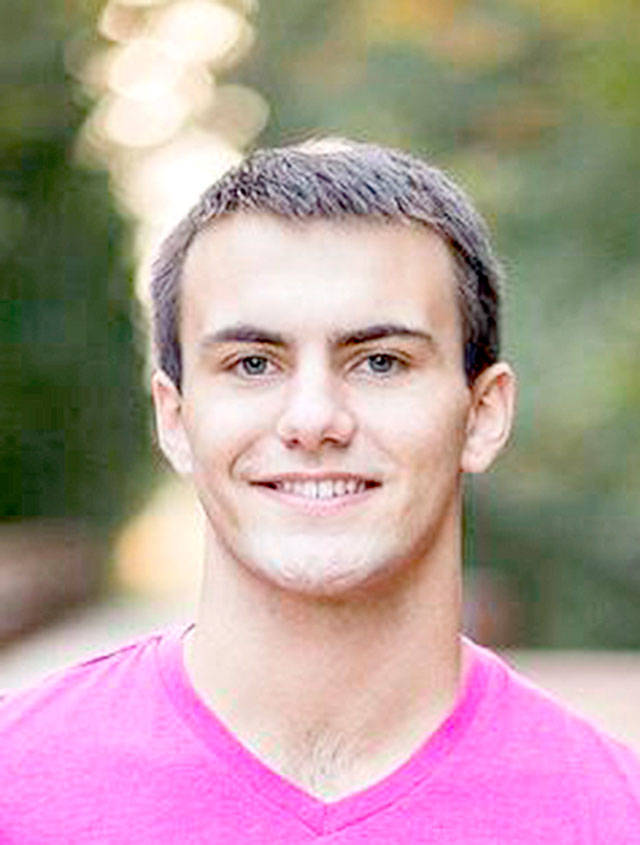

When 3D animation came out, it allowed us to do certain things that we couldn’t do in 2D animation. “It’s the look and how much you can deal with certain levels of complexity. “I don’t know if it’s types of stories that it has affected,” she explains. 2 is Jennifer Yuh Nelson ( Kung Fu Panda 2 & 3), who worked with a mixture of new and veteran collaborators as well as making her own contribution with the muscle-flexing action adventure “Kill Time Kill.” Notable first-time participants are David Fincher making his animation directorial debut with the monstrous seafaring tale “Bad Travelling ” and Patrick Osborne helms the macabre-funny, post-apocalyptic sequel “Three Robots: Exit Strategies.” Returnees include visual effects veteran Jerome Chen helming “In Vaulted Halls Entombed,” where a special forces team encounters an ancient evil, and Oscar-winner Alberto Mielgo envisioning a fatal romance between a deaf Renaissance knight and a lethal siren in “Jibaro.” Inventive animation styles are found in “Night of the Mini Dead,” which uses tilt-shift photography to make everything look tiny, Mobius and psychedelic-flavored “The Very Pulse of the Machine,” and in the painterly impressionism of “Jibaro.”Īs to whether real-time technology and game engines are impacting the type of stories being told, Nelson does not believe this to be the case. Returning as the supervising director from her previous outing on Vol.
FINALSHOT OF LOGAN FULL
It gave us and Ruben so much more freedom to find great cameras and shot composition that we decided to go full CG on the environment all the way through.” Everyone was confident that this would be the way to do it. We presented our results to Ruben, who got excited about it. And straight out of rendering it looked pretty much photorealistic. “As we were creating a digital version of the environment, we soon realized that our team, led by Environment Supervisor Gianluca Pizzaia and Environment Lead Matt Ivanov, was able to create one big environment which would cover the entire flight path throughout the sequence. The original plan was to use this material as practical backgrounds and only extend plates or create specific shots full CG.

Film Production mounted a multi-camera array under a helicopter and flew through the landscape also shooting at different lighting conditions during the day,” von Overheidt says. “For the South China Sea environment, we had received extensive footage from a practical shoot in Thailand. a lot of moving parts which helped to bring across some of the crazy movements and crashes the ships would do in the sequence.” Both ships were fully-rigged sailing ships with ropes, cloth banners, sails, flexing masts and yardarms, flapping doors, all the cannons, etc. The ships were highly detailed, and complex assets were built for every form of action, including total destruction. In addition to that initial step, it then requires careful planning and a lot of work to get to the detail level of a good practical set. They may not be symmetrical, or the same section may have different dimensions across the different sets. The tricky part is that practical sets aren’t perfect. Throughout the boat battle sequence we picked about a dozen hero shots based on the criteria which ones would reveal the most problems, and we would constantly check whether our model of the ships lined up to those shots. Von Overheidt continues, “The same process went into the Trinidad and any other set, like the helicopters. “The result works really well and we ended up getting the best of both,” von Overheidt says, “seeing the sun rotating on high-action free-fall moments while coming back into a more character-focused lighting when there is dialogue and we’re locked into practical photography.”

FINALSHOT OF LOGAN FREE
“DFX Supervisor Daniel Elophe and the team broke this mammoth puzzle down into manageable sub-sections which were assembled to one long shot in compositing at the end.” The team around Lighting Supervisors Sonny Sy and Chris Rickard and Compositing Supervisor Francesco Dell’Anna kept track of changing light directions and found creative solutions to make it all work with the plates, while allowing for a free choreography of the camera and the animation, done by Layout Lead Steve Guo and Senior Animator Patrick Kalyn. “The plates were shot on a soundstage with stationary lighting, but our characters fall tumbling through an environment with only one light-source, the sun,” von Overheidt explains. Lighting in the open sky was a challenge.


 0 kommentar(er)
0 kommentar(er)
